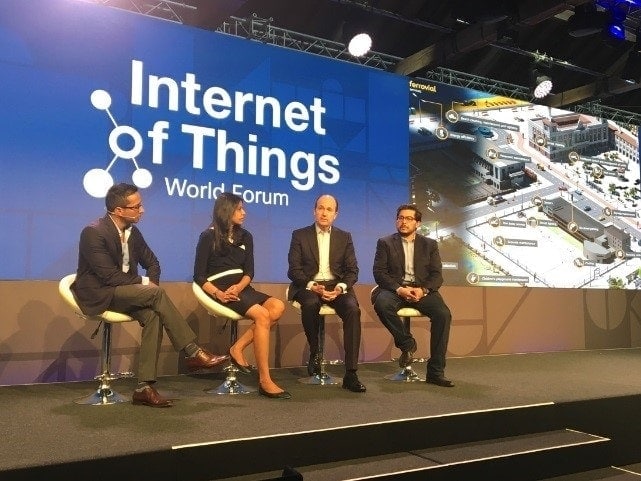
Cities’ strategies as puzzles, urban stakeholders as their pieces
I enjoy building puzzles with my family: this activity provides us with some quality bonding time and makes us more aware that joining forces enhances our effectiveness and personal experience.
Cities’ current transformational strategies can be assimilated to a new generation of puzzles that have citizens and technology as key themes. Urban stakeholders are the pieces of these puzzles and each of us should have a unique contribution.
Taking this analogy further, the successful building of urban innovation puzzles requires the right pieces and the right methodology to assemble them.
- Pieces of the puzzle: innovative and complementary partners
Citizens, local authorities, service providers, academia, solution providers, innovation catalysts, social sector, institutions, workers… All of us must collaborate and contribute. The integration of different perspectives is the only way to effectively address citizens’ demands for more efficient, sustainable and lively cities.
Only urban stakeholders with a citizen-centric and collaborative mindset qualify in this new scenario. I recently represented Ferrovial Services in a panel on urban innovation at the 2017 IoT World Forum in London. My panel colleagues were representatives of Cisco, Washington D.C. and Veniam. Even though we approached the topic from different angles, I felt that all of us could easily collaborate in any urban context. The four of us shared a ‘common denominator’:
- Consider the citizen as the driver of urban transformation, Internet of Things as a key enabler and cities as labs to test and develop new models and solutions.
- See our respective activities as complementary now and in the future.

2017 Internet of Things World Forum’s ‘Business Leaders Learning from Smart City Innovation’ panel (from left to right): Arvind Satyam, Managing Director, Business Development Smart Cities & IOT, Cisco; Archana Vemulapalli, Chief Technology Officer, District of Columbia; Iñigo Jodra, Centre of Excellence for Cities Director, Ferrovial Services; Shadi Mahassel, VP Product, Veniam.
The next challenge is to shape the different pieces to ensure that they fit well with each other. This is not easy: in a recent BCG survey only 31% of digital suppliers considered their customers as partners in transformational initiatives. In our case, Internet of Things will enable data-driven models that, for example, will improve the efficiency of our urban environmental services at levels above 15%. Technology firms are instrumental to achieve this objective. We work with them in collaborative proofs of concept to test not only the attractiveness of the solutions, but also the strategic and cultural fit between both parties.
- Methodology: tangible programmes, management and governance discipline
Once the pieces are identified and ready, the objective is to assemble the puzzle as efficiently as possible. Even though each puzzle is unique and requires some degree of creativity, our experience at the Centre of Excellence for Cities, after more than 20 collaborative innovation programmes, says that some general principles minimize the execution risk of innovation in cities:
- Clear strategic priorities. For example, Sheffield City Council, after a series of workshops with the participation of different city stakeholders, defined two challenges to be addressed by our Sheffield Smart Lab programme: energize the city centre and support people to live independently.
- Specific objectives and indicators to assess the impact and scalability of innovation. For example, our Revive solution, a digital platform to exchange used items in good condition at waste recycling centres, was successfully tested in Witchford (UK) with a 97% reusage rate and 21 tons of potential waste diverted from landfill in six months. Revive is being implemented in nine additional recycling centres in the UK.
- Comprehensive management and governance frameworks that embed all stakeholders. For example, Santander City Lab, a research centre on data analytics integrating Santander City Council, University of Cantabria and Ferrovial Services as partners, had two governance bodies (Steering and Technical Committees) with representatives of the three partners and a Research Team with a project director from Ferrovial Services and two researchers from the University of Cantabria.
It is not a choice
This collaborative approach to urban innovation is here to stay. The new challenge-based procurement of innovation schemes follow the same principles. Local authorities will assess not only the functionality and robustness of the solutions but also the capacity of service providers to develop solutions in strategic collaboration with other partners.
The new cities’ transformational puzzles will integrate unique contributions of very diverse forward-thinking urban stakeholders that share a partnership mindset and have a proven approach to deliver innovation. New rules of the game, more space for differentiation.





There are no comments yet